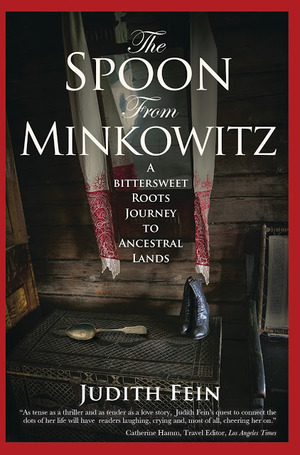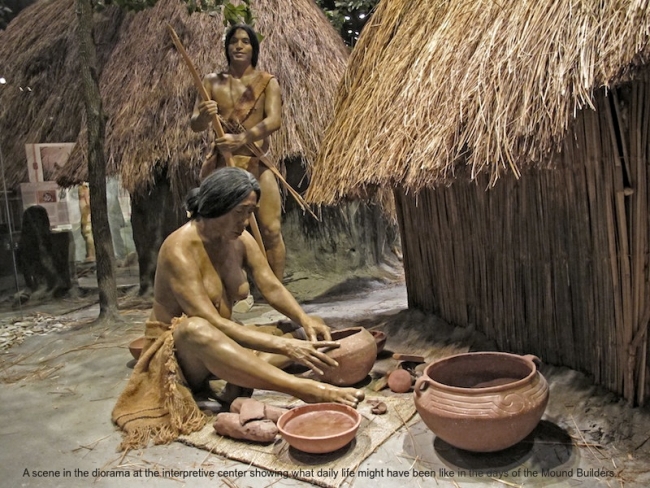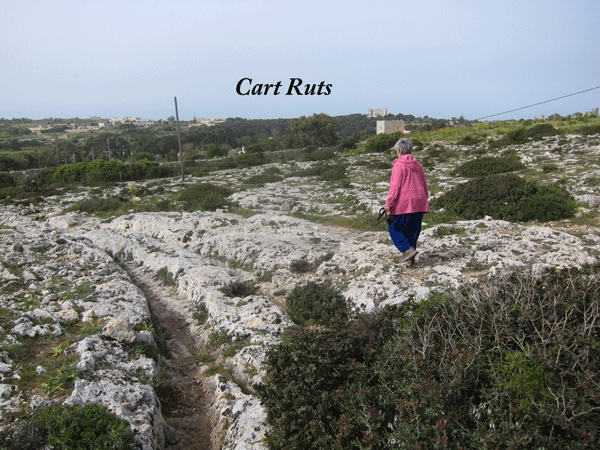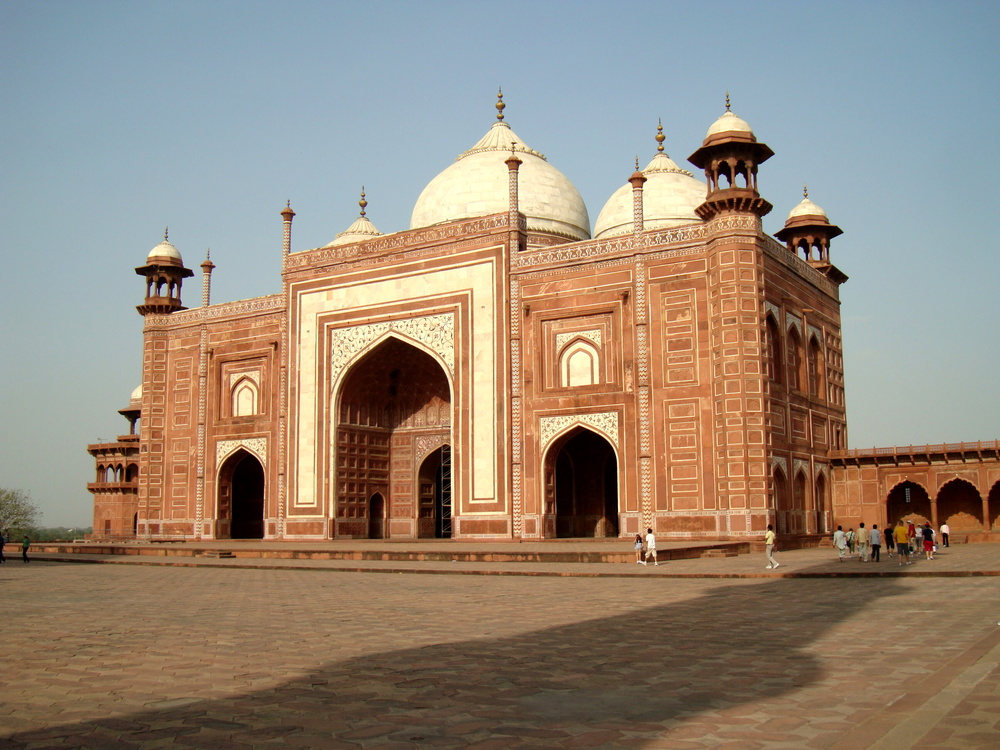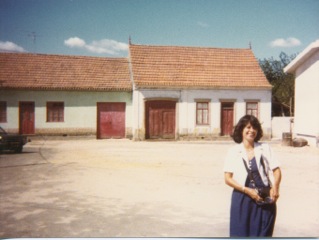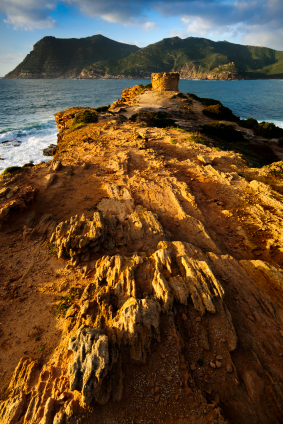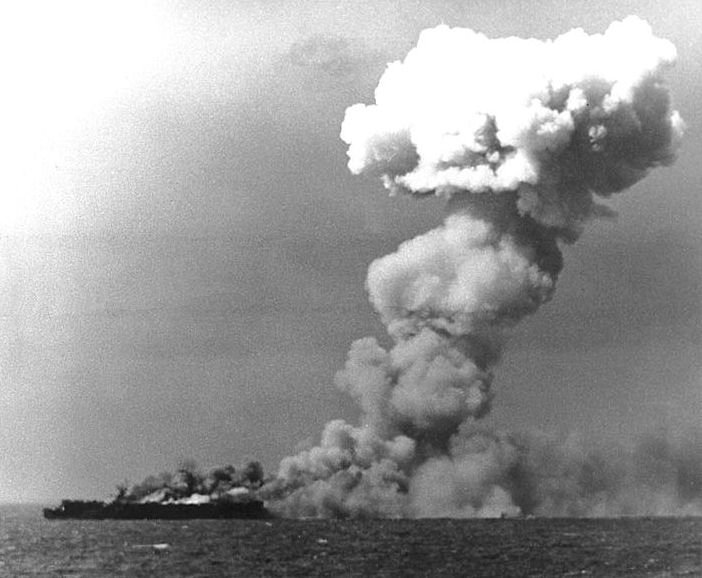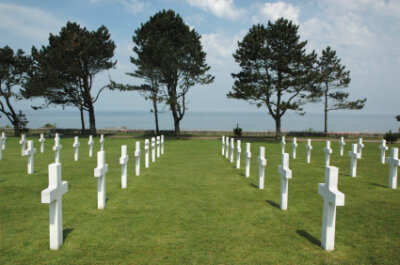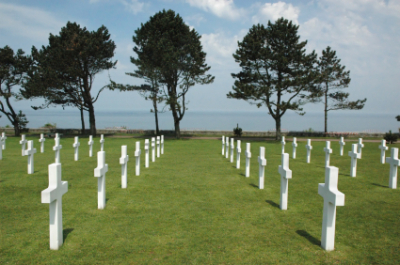by B.J. Stolbov
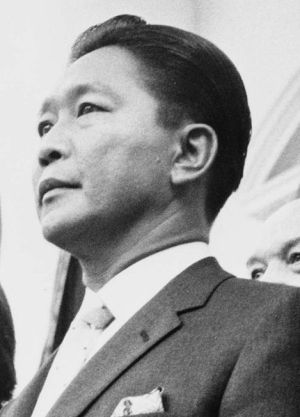 Ferdinand Marcos died in 1989, except in Batac. Here, in this small town, in his home province of Ilocos Norte in the Philippines, the memory (and more) of former President Ferdinand Marcos is preserved. His house is preserved, just as he left it. Next door to it, now, is the Ferdinand Marcos Museum, where his portraits, photographs, press clippings, clothes, shoes, furniture, and other memorabilia are preserved. And down a hallway, behind a locked door, opened only by a uniformed guard, in a starkly painted black room, coldly refrigerated, with a single spotlight shining down on a glass coffin, most creepily, is preserved ― Ferdinand Marcos.
Ferdinand Marcos died in 1989, except in Batac. Here, in this small town, in his home province of Ilocos Norte in the Philippines, the memory (and more) of former President Ferdinand Marcos is preserved. His house is preserved, just as he left it. Next door to it, now, is the Ferdinand Marcos Museum, where his portraits, photographs, press clippings, clothes, shoes, furniture, and other memorabilia are preserved. And down a hallway, behind a locked door, opened only by a uniformed guard, in a starkly painted black room, coldly refrigerated, with a single spotlight shining down on a glass coffin, most creepily, is preserved ― Ferdinand Marcos.
Ferdinand Marcos, the son of a local politician, was born on September 11, 1917. From early on, he was a brilliant student, public speaker, handsome, charismatic, controversial, and larger than life. He scored a near perfect grade in his Law Board Examinations while in prison on charges of assassinating one of his father’s political rivals. He argued his own case before the Supreme Court and had himself acquitted, on a technicality. He was, by his own accounts, the leader of a guerilla group that fought the Japanese in World War II, maybe. (More on that later.)
Always a man in a hurry, he met, courted, and married, in eleven days, Imelda Romualdez, a tall beauty, 13 years younger than he, from a powerful political family. A successful lawyer, rich from his law practice and other unknown sources, Marcos was the youngest elected Representative in 1949, the youngest elected Senator in 1959, and the youngest elected President in 1965, and, in 1969, became the first President to be re-elected.



